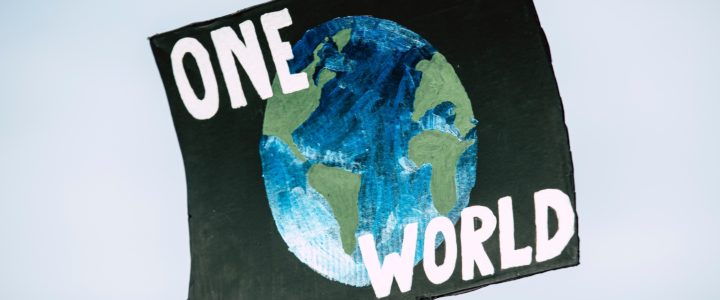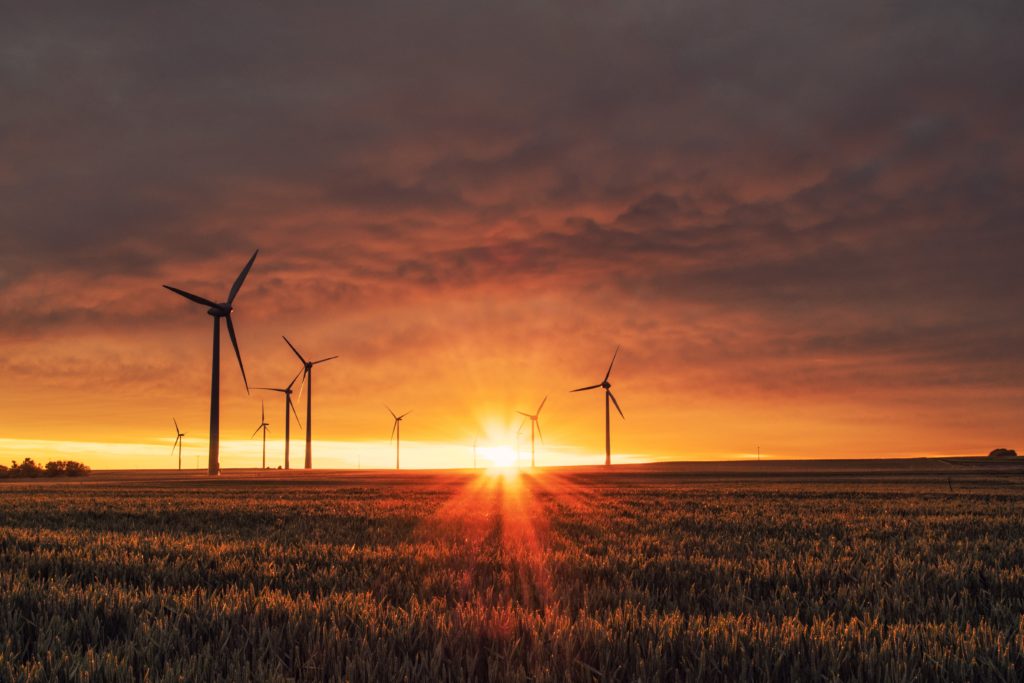
Striving toward a circular economy is slowly but surely climbing up on the agendas of all big countries in the world. Meanwhile, climate change and recycling are as popular topics as they have ever been. But for real change to take place in all three sectors, they need to be united and seen as a single entity. Only then will our planet have a fair chance at healing, and, thus, surviving.
Read on to find out how climate change and recycling relate, how they tie into the idea of a circular economy, and how such an economy can improve them both.
The Close Relation of Climate Change and Recycling
We can define climate change as a shift in climate patterns largely due to the CO2 emission into the air. Its main cause is the use of fossil fuels. Though it has been going on for a long time, its most visible effects have become clear in the last 20 years.
We have done a lot to try and fight climate change, but still not enough to slow it down. Countries all around the world are trying to come up with different climate change plans. Most of those plans focus on cutting back the emission of CO2 and the usage of limited energy sources. While such plans are a good first step, they have caused other big issues to take a backseat. Recycling is one of them.
On Recycling
Recycling refers to the process of turning waste into material that can be reused. Based on its definition, it should be one of the main ways to fight climate change. Recycling saves valuable limited resources by preventing the use of raw materials. When we can reuse something that has already been made to produce something new, there is no need to waste precious resources that would be required in a linear economy. Thus, recycling saves not only time and material, but also energy and money.
Additionally, recycling prevents pollution (one of the main causes of global warming) by reducing waste. It also helps reduce the eco-footprint and helps form a ‘green mentality’ in societies all over the world. Though government plans and actions are important, in the end, this change in mentality will be pivotal in winning the war with climate change.
It is clear that we need new laws and economic practices to fight global warming. Thus, a change from the linear economy we have now to a more eco-friendly one is in order.
Circular Economy Explained
A circular economy is an economic system whose main goal is reducing waste and preserving natural resources. Such a system directly opposes the linear system we all know, which rests upon the “take, make, dispose” model.
Circularity includes processes such as repairing, reusing, sharing, and recycling. As such, it minimizes the use of resources, the creation of waste, as well as carbon emission.
One of the main goals of a circular economy is the increase in productivity of everything we use. If infrastructure and products stayed in use for a longer time, then no energy would be wasted in their repeated production.
Put simply, a circular economy uses both raw resources and already finished items in production. Such practices save time, money, resources, and, most importantly, our planet.
How Do Recycling and Climate Change Fit Into a Circular Economy Plan?
If we simply look at what a circular economy is, it becomes clear that both recycling and climate change closely relate to it.
Recycling is one of the bases upon which a circular system rests. Reusing products to create new ones is what keeps the system alive. Since we would waste virtually no energy and resources on new production, we can say that recycling reduces a society’s CO2 footprint. It also removes any excess waste, which then reduces pollution.
All of these results lead to a successful fight against climate change. The main goals of every climate change plan are the limiting of CO2 emission, waste, and pollution. So, it is logical to assume that a circular economy is exactly what we need to beat it.
Improving Climate Change and Recycling
Apart from being vital to their success, a circular economy can also improve recycling and climate change practices.
The current state of recycling is much better than it was a few decades ago. Still, we need lots of progress and education for it to reach its full potential. A circular economy system would ensure that enough funding and other resources go into promoting and bettering recycling.
The problem is that, today, the amount of waste we create keeps on growing instead of getting smaller. No matter how much we invest in recycling, nothing will change until we stop overusing products. A circular economy would put limits on use by increasing the productivity of items. As a result, overusing would cease to be a problem.
Thus, fighting climate change would be easier as well. The accent on recycling and the limiting of CO2 emission would help put us years ahead in the fight to save our planet. Also, switching to new energy sources would help us save up on the limited natural resources we have. That is another big goal of a circular economy.
To Conclude
As you have read, the concept of a circular economy is closely related to recycling and fighting climate change. Moreover, an economic system like that would help improve all eco practices already in place. Still, simply switching to such a system is not that easy.
It can not be done by a single country, or even one continent or union. Most of the world needs to work together to adopt a circular economy system. Only that way can it show its full potential. If we want to preserve our planet, such a change is not only desirable but also necessary.




